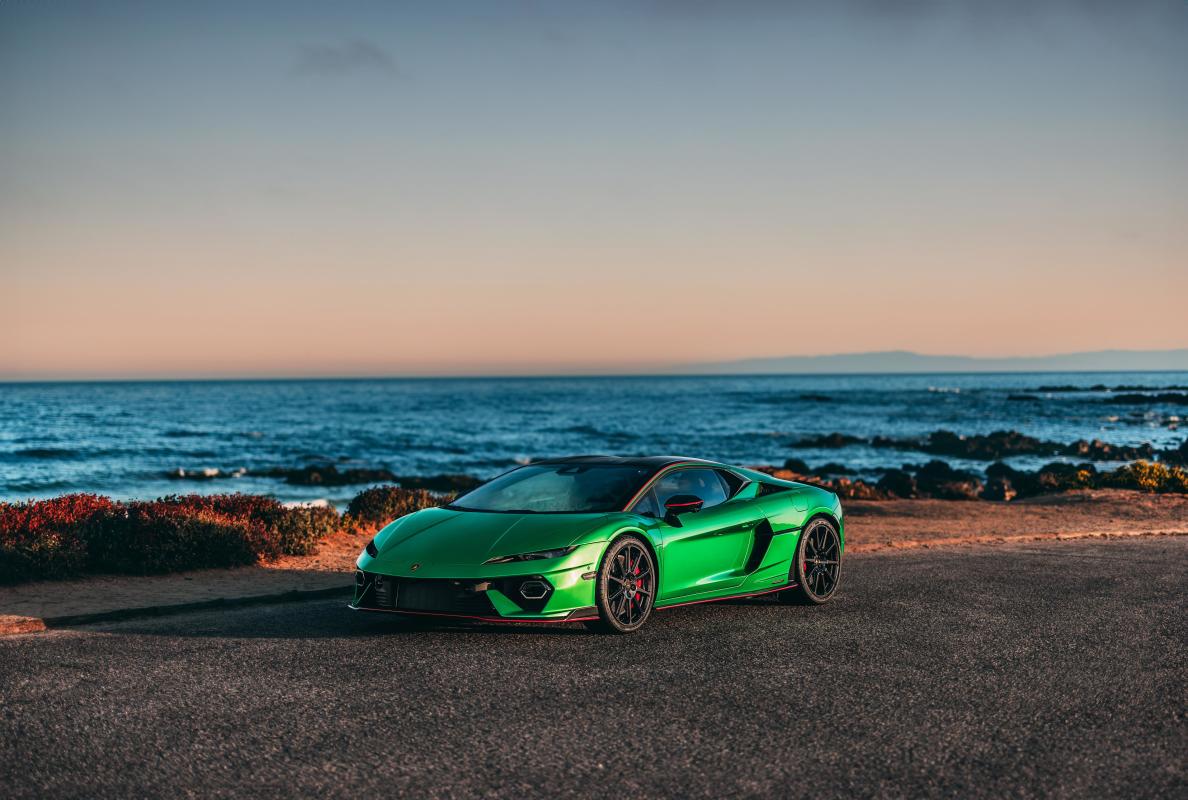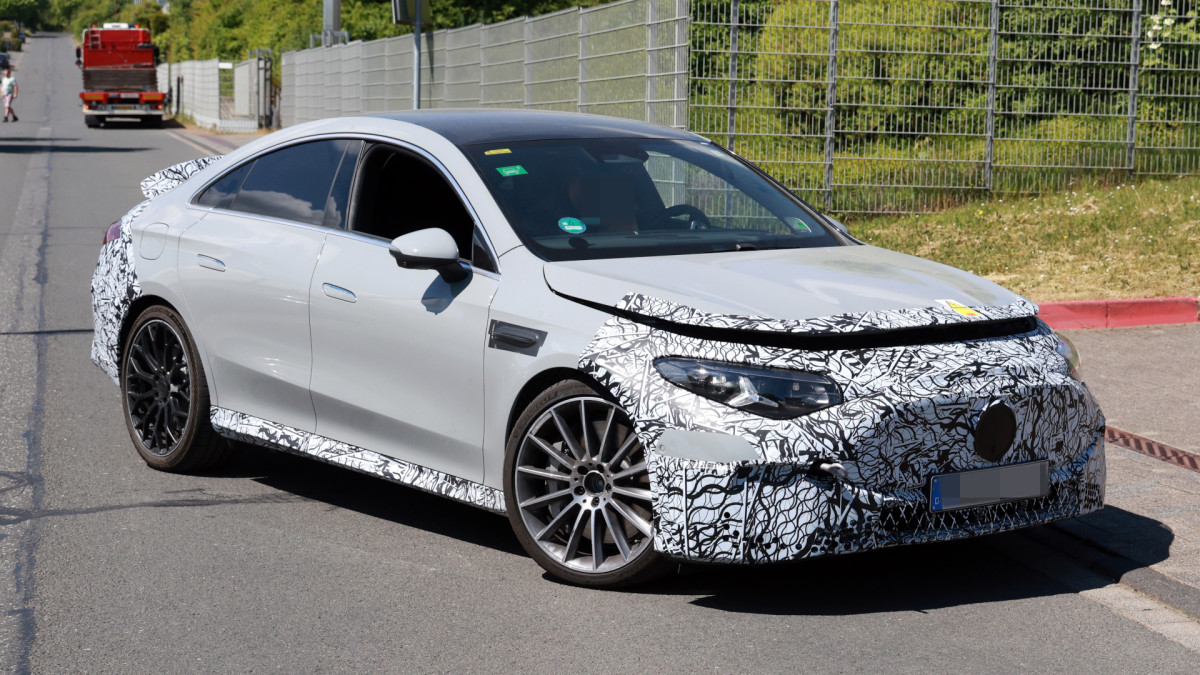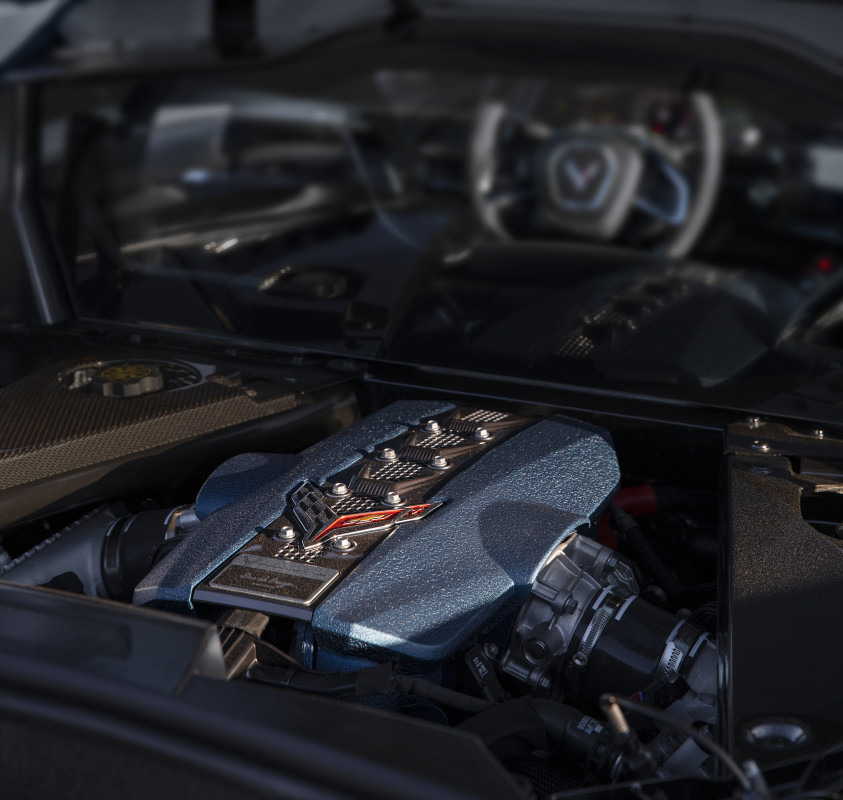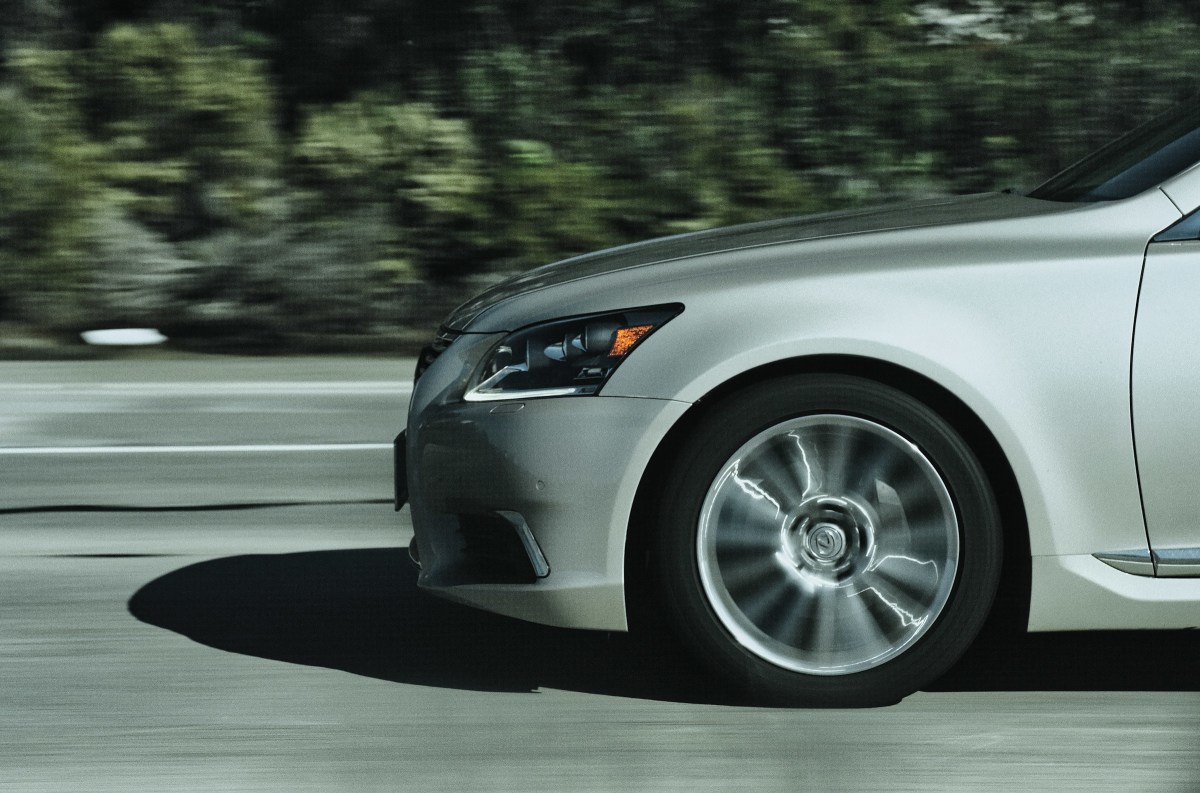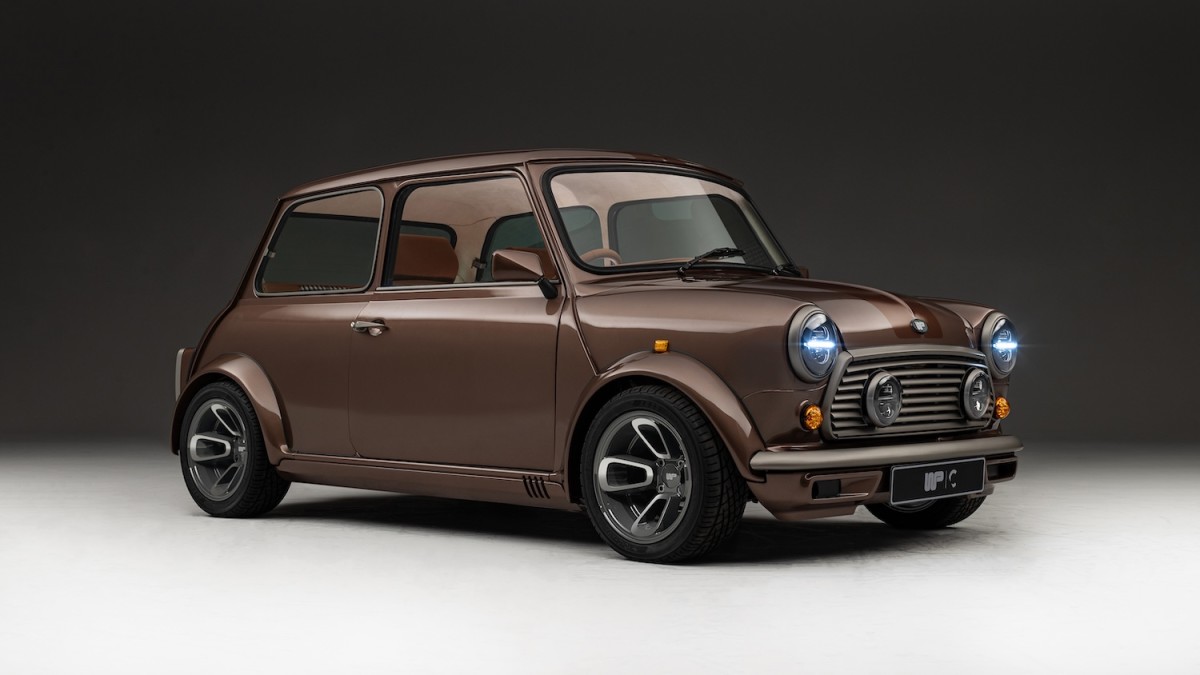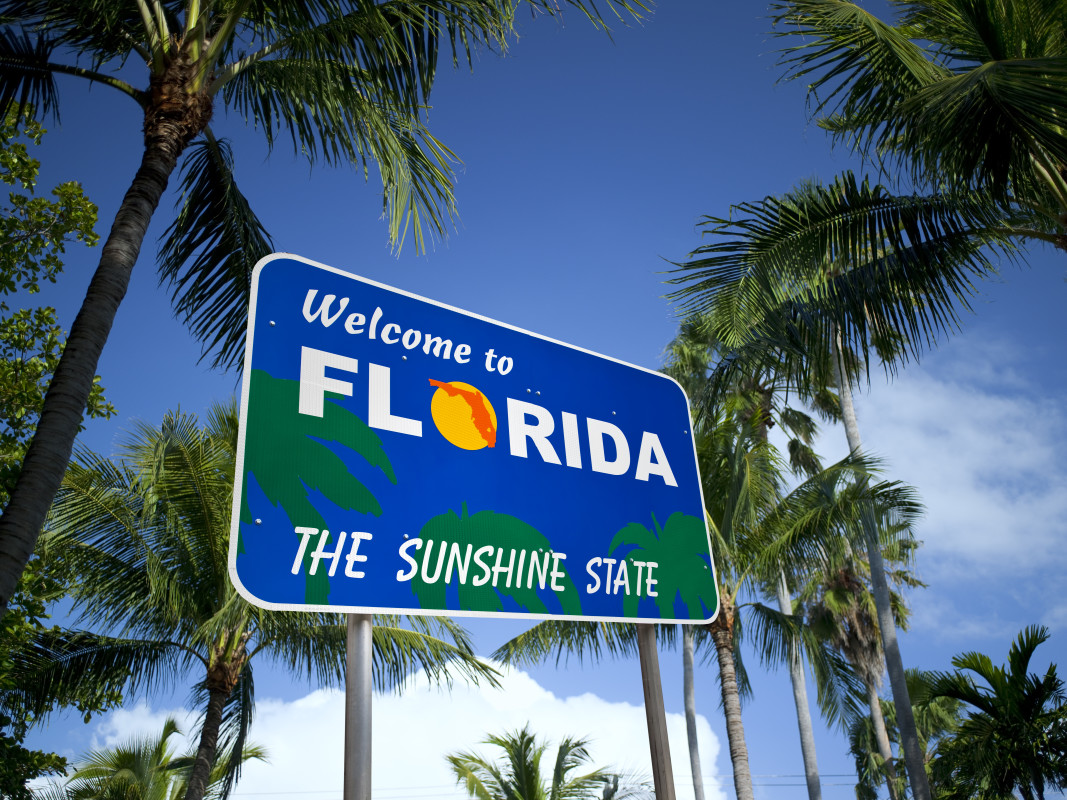Lamborghini’s plan to keep ICE alive
Lamborghini isn’t ready to say goodbye to the internal combustion engine. In fact, the Italian supercar company is doubling down on it, even as the broader industry moves toward electrification. With synthetic fuel, or e-fuel, the company believes it can keep the thrill of high-performance engines alive well past 2035, when the European Union’s ban on new gas-powered car sales is set to take effect.
The key is that the EU’s ruling leaves a loophole: it allows combustion engines to continue, as long as they run on carbon-neutral fuel. Lamborghini’s newly unveiled V8 in the Temerario is designed with that future in mind. According to the brand’s Chief Technical Officer, Rouven Mohr, the engine can run on both traditional gasoline and synthetic fuel “without compromises.”
E-fuel isn’t just a backup plan
Mohr recently told Australian magazine CarExpert that synthetic fuel “could be the savior of the combustion engine,” and emphasized that electrification still hasn’t captured the emotional essence of driving a car like a Lamborghini.

Lamborghini
“If you ask me the emotional side at the moment … I don’t see the [electric] solution that is convincing now,” Mohr said. He believes EVs will eventually have their moment, but not before a new generation rediscovers the visceral appeal of combustion engines, especially if they can be made cleaner. That emotional connection is key for a brand like Lamborghini. Sound, feel, and performance are inseparable from the driving experience the company promises, and Mohr thinks e-fuel offers a path to preserve that legacy.
Porsche is already pumping e-fuel
Lamborghini’s push isn’t happening in a vacuum. Its parent company, Volkswagen Group, is already testing the waters—literally. Porsche began producing synthetic fuel in Chile back in 2022, converting water and carbon dioxide into a usable liquid fuel using wind power. The resulting e-fuel was used to run a 911, and Porsche has committed to keeping the 911 as its last gas-powered holdout.
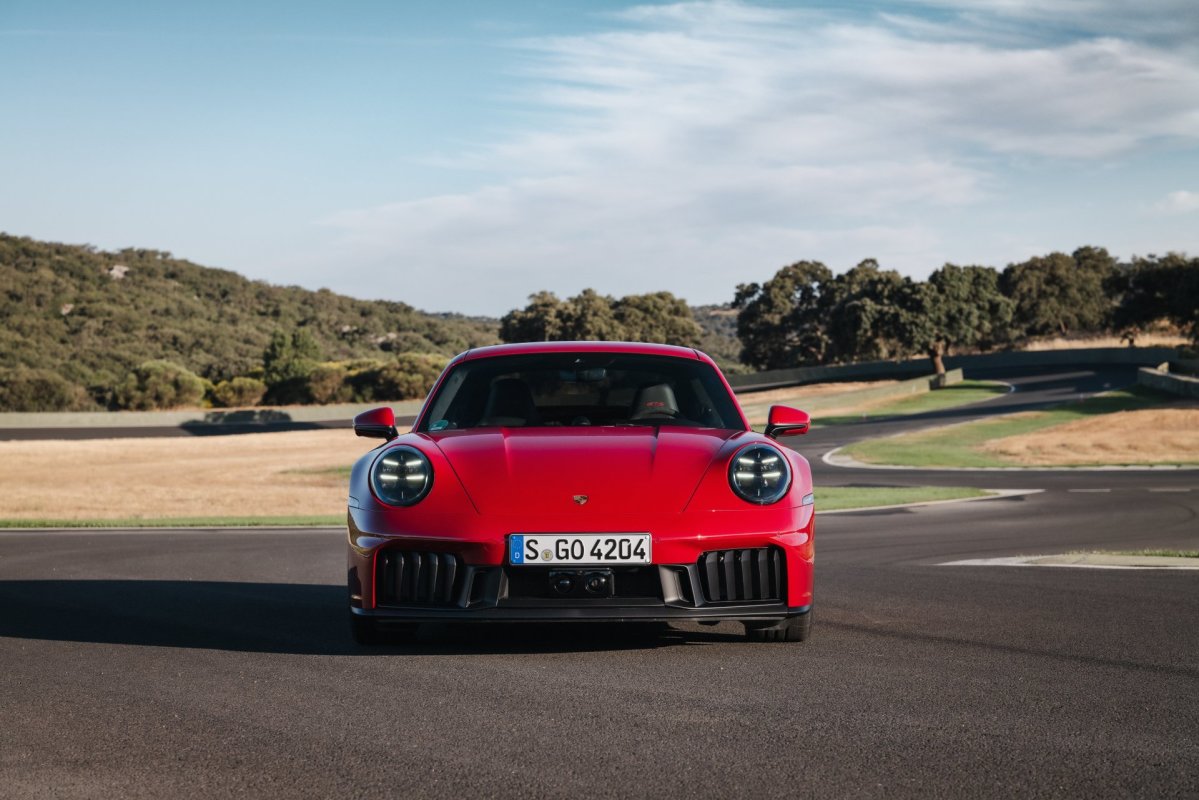
Porsche
Porsche’s e-fuel is made using hydrogen and carbon dioxide captured from the atmosphere or industrial sources. It’s touted as carbon-neutral because the CO₂ emitted during combustion is equal to the amount pulled from the air during production. The cost is still high, but Porsche’s well-heeled buyers likely won’t mind paying a premium to keep their engines humming.
Other luxury brands are exploring synthetic fuels too
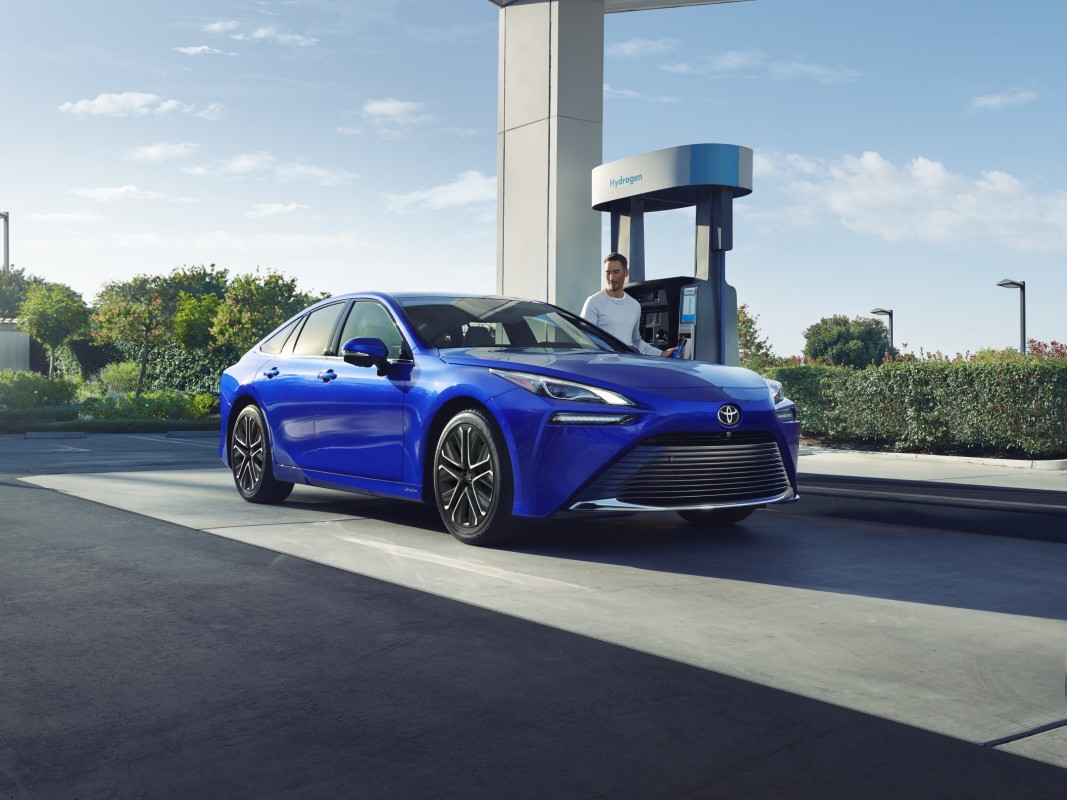
Toyota
Beyond Porsche and Lamborghini, other performance marques are also experimenting with e-fuel. Bugatti, Bentley, and even Ferrari have signaled interest. Outside the luxury sphere, Toyota, Mazda, and Subaru are collaborating on alternatives to fossil fuels, and Toyota is also testing hydrogen combustion engines as a potential ICE solution.
Final thoughts
Lamborghini’s bet comes with a lot of caveats. Producing synthetic fuel at a meaningful scale is expensive and energy-intensive. Infrastructure is minimal, and with most automakers pouring billions into electric vehicle development, there’s a question of whether there’s enough industry momentum—or money—left to make e-fuels viable for the masses.
But Lamborghini isn’t chasing mass appeal. It’s trying to preserve what makes its cars special. If synthetic fuel can offer that thrill without the emissions penalty, it could carve out a future for ICE cars, at least for the wealthy few who can afford them. For everyone else, the road still points toward batteries.
